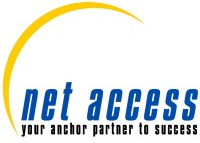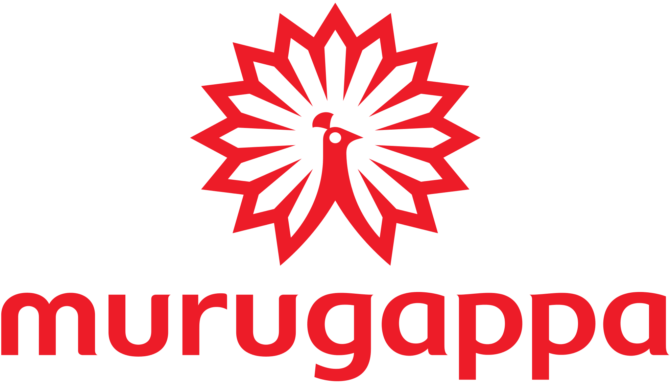
Common Challenges in Lease Management and How Software Can Help
Lease management can be a complex and daunting task for businesses, particularly those with extensive property portfolios or multiple lease agreements. Managing leases effectively is crucial to ensuring compliance, optimizing costs, and avoiding legal pitfalls. However, traditional lease management methods, such as using spreadsheets or manual record-keeping, often fall short in addressing the numerous challenges associated with this task. Fortunately, lease management software offers a robust solution to these challenges, streamlining processes and enhancing efficiency. In this blog, we will explore some of the common challenges in lease management and how software can help overcome them.
Challenge 1: Keeping Track of Critical Dates
Problem:
One of the most significant challenges in lease management is keeping track of critical dates such as lease renewals, rent review dates, and lease expirations. Missing these dates can result in financial losses, legal complications, and disruptions in business operations.
Solution:
Lease management software provides automated reminders and alerts for critical dates. By setting up notifications for key events, businesses can ensure timely action on renewals, rent reviews, and other important lease milestones. This feature helps prevent missed deadlines and ensures that lease agreements are managed proactively.
Challenge 2: Managing Lease Documentation
Problem:
Lease agreements typically involve extensive documentation, including contracts, amendments, correspondence, and compliance records. Managing and organizing these documents manually can be cumbersome and prone to errors.
Solution:
Lease management software offers centralized storage for all lease-related documents. Users can easily upload, categorize, and retrieve documents within the system. Advanced search functionalities allow quick access to specific documents, reducing the time and effort spent on manual searches. Additionally, digital storage ensures that documents are securely backed up and easily shareable among stakeholders.
Challenge 3: Ensuring Compliance with Lease Terms
Problem:
Compliance with lease terms and conditions is critical to avoid penalties and legal disputes. However, manually monitoring compliance can be challenging, especially for businesses with multiple leases and varying terms.
Solution:
Lease management software includes features that help monitor and enforce compliance with lease terms. The software can track specific obligations such as maintenance responsibilities, insurance requirements, and rent payments. Automated alerts notify users of upcoming compliance deadlines, ensuring that all lease obligations are met on time.
Challenge 4: Accurate Financial Reporting
Problem:
Accurate financial reporting is essential for effective lease management. Traditional methods of tracking lease-related expenses and revenues can lead to errors and inconsistencies, complicating financial analysis and reporting.
Solution:
Lease management software provides robust financial reporting capabilities. It can automatically calculate and track rent payments, operating expenses, and other financial metrics. Integrated accounting features enable seamless synchronization with existing financial systems, ensuring accurate and up-to-date financial reporting. This helps businesses make informed decisions and maintain financial transparency.
Challenge 5: Analyzing Lease Data
Problem:
Analyzing lease data to identify trends, optimize costs, and make strategic decisions is challenging without the right tools. Manual data analysis is time-consuming and often lacks the depth needed for comprehensive insights.
Solution:
Lease management software includes advanced analytics and reporting tools. These tools enable users to generate detailed reports, visualize data through dashboards, and perform in-depth analysis. Businesses can identify cost-saving opportunities, assess lease performance, and make data-driven decisions. Predictive analytics features can also help forecast future lease costs and trends.
Challenge 6: Handling Lease Modifications and Amendments
Problem:
Leases often undergo modifications and amendments over time, such as changes in rent, lease terms, or property usage. Keeping track of these changes manually can lead to inconsistencies and errors in lease records.
Solution:
Lease management software allows for easy tracking and management of lease modifications and amendments. Users can update lease records in real-time, ensuring that all changes are accurately documented. The software maintains a comprehensive history of all modifications, providing a clear audit trail and ensuring consistency in lease records.
Challenge 7: Facilitating Communication and Collaboration
Problem:
Effective communication and collaboration among stakeholders, such as property managers, tenants, and legal teams, are crucial for successful lease management. However, traditional methods of communication, such as emails and phone calls, can be inefficient and lead to misunderstandings.
Solution:
Lease management software offers built-in communication and collaboration tools. Stakeholders can share documents, discuss lease terms, and coordinate actions within the platform. Role-based access controls ensure that sensitive information is accessible only to authorized users. This fosters transparent and efficient communication, reducing the risk of misunderstandings and errors.
Challenge 8: Managing Lease Renewals and Terminations
Problem:
Lease renewals and terminations require careful planning and execution to avoid disruptions and financial losses. Manually tracking and managing these processes can be error-prone and time-consuming.
Solution:
Lease management software streamlines the process of managing lease renewals and terminations. Automated reminders alert users of upcoming renewals and termination dates, allowing ample time for negotiation and decision-making. The software also facilitates the documentation and execution of renewal and termination agreements, ensuring a smooth transition.
Challenge 9: Handling Diverse Lease Types
Problem:
Businesses often deal with a variety of lease types, including commercial, residential, and equipment leases. Managing these diverse lease agreements with different terms and conditions can be complex and confusing.
Solution:
Lease management software is designed to handle diverse lease types and customize workflows accordingly. Users can configure the software to manage different lease agreements, ensuring that specific requirements for each lease type are met. This flexibility simplifies the management of various lease agreements within a single platform.
Conclusion
Effective lease management is essential for businesses to optimize costs, ensure compliance, and support strategic decision-making. Traditional methods of managing leases are often inadequate, leading to inefficiencies, errors, and missed opportunities. Lease management software provides a comprehensive solution to these challenges, offering features such as automated reminders, centralized document storage, compliance tracking, financial reporting, and advanced analytics.
By adopting lease management software, businesses can streamline their lease management processes, enhance collaboration among stakeholders, and gain valuable insights from lease data. This not only improves operational efficiency but also positions businesses for long-term success in managing their lease portfolios. As the complexity of lease management continues to grow, the adoption of advanced software solutions will become increasingly critical in maintaining a competitive edge and ensuring sustainable growth.
Are you seeking top-notch lease management software for your business? Look no further! Net Access provides comprehensive solutions to streamline your lease management process effortlessly.

